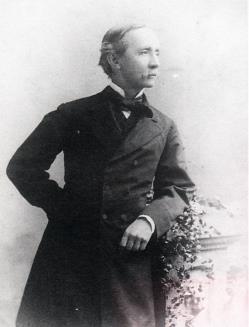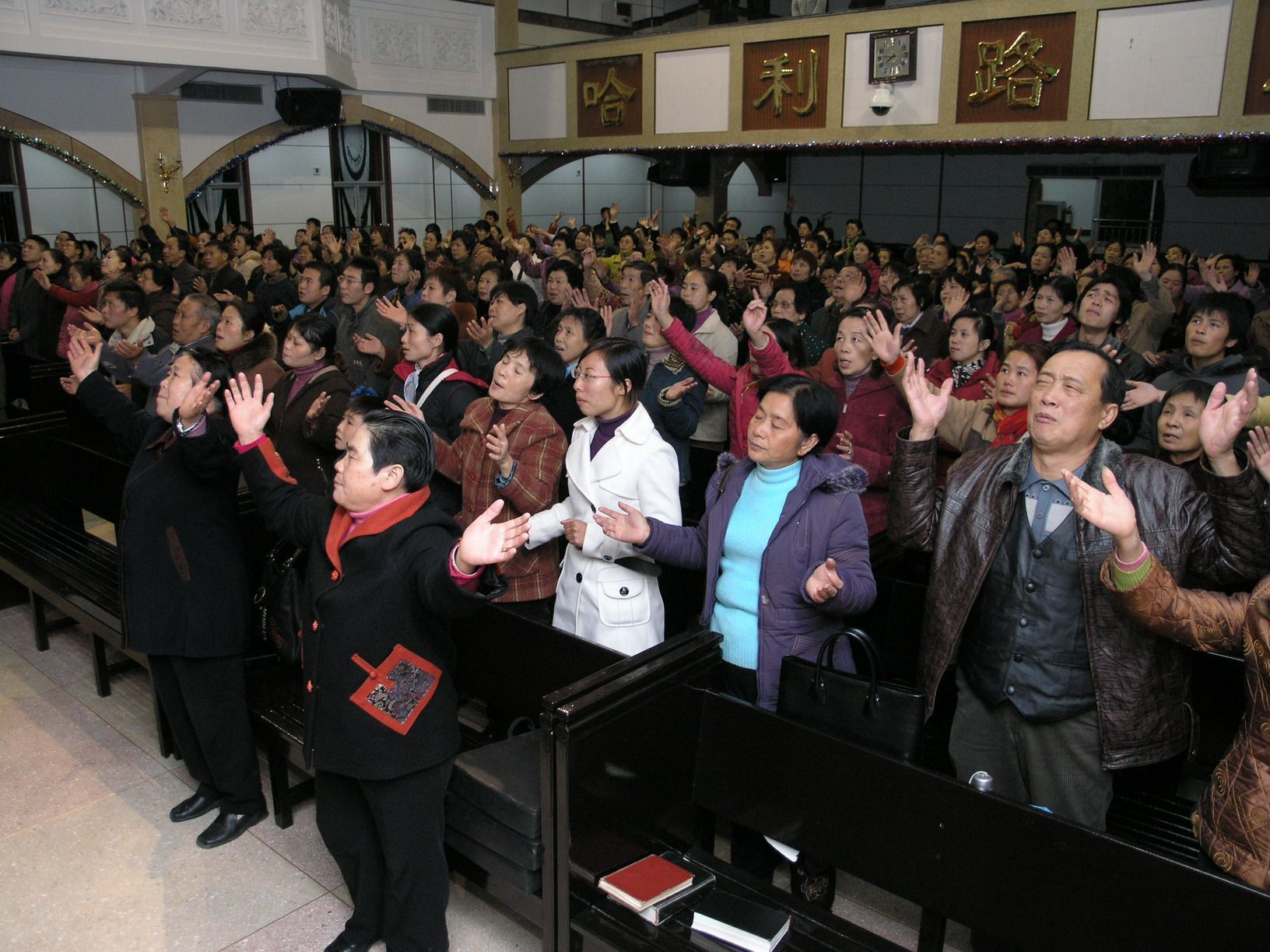1840s
The First Evangelicals Face a Toxic Atmosphere

Divie McCartee, one of the first Evangelical missionaries in Zhejiang.
Catholic missionaries established work in Zhejiang in the 1600s, and Nestorian Christians were known to have flourished along the coast many centuries before that, but the first Evangelical missionary only set foot in Zhejiang in 1843, when D. J. MacGowan of the American Baptist Missionary Union arrived in the large city of Ningbo.
The American Presbyterians commenced work in Zhejiang a year later in June 1844, when Divie McCartee also settled in Ningbo. At about the same time a single English lady, Mary Ann Aldersey, became the first female Evangelical missionary to live in China. She opened a school for girls in Ningbo, which is believed to be the first girls' school in the history of China.
Ningbo was the default location for missionaries at the time, as the British and American governments had already established consulates in the city as a result of military pressure exerted during the Opium Wars. Ningbo was one of five cities along the east China coast declared 'treaty ports,' which gave British citizens the right to reside in those cities.
The concessions granted to the British by the war settlement caused much festering anger among the Chinese population, and even though the treaty now permitted missionaries the right to reside in Ningbo, they soon encountered a strong resistance to their presence. The years before the missionaries' arrival had witnessed several tense incidents in the province. When a British ship, the Kite ran aground off the coast of Zhejiang in 1841, an English lady, Mrs. Noble, "was carried about the streets in a cage and exhibited to the populace. And at Yuyao...the Chinese general, flayed and burned alive a foreigner caught during the year of 1841."[1]
Divie McCartee, meanwhile, found that living in the center of Ningbo came with too many distractions. He managed to rent some rooms in a Daoist monastery near the city, and the peaceful environment helped him make good progress in acquiring the language. McCartee's relationship with the Daoist monks was described as
"pleasant. They were happy to receive the $6 a month rent for the two rooms which McCartee used as a residence and dispensary. The stream of patients probably enhanced the reputation of the monastery. They took no offense at the Christian tracts McCartee displayed, and from the younger monks McCartee learned a good deal of the Ningbo dialect, customs and legends."[2]
In one four-month period, the missionary-doctor treated 5,000 patients and performed 90 operations. McCartee enthusiastically reported that he had been "proclaiming from house to house the glad tidings that there is a 'balm in Gilead,' and a physician there who can heal the worst maladies and minister comfort and healing to the wounded spirit."[3]
China at the time was a myriad of different cultures and languages. There was no standard national language, and in Zhejiang Province alone several distinct varieties of Chinese were spoken. As a result, the early missionaries found it necessary to learn the main languages of the town they resided in. One of the early pioneers in Ningbo, William Martin, employed two local language teachers whom he rotated, enabling him to learn the Ningbo dialect both day and night. An historian noted:
"Since the Ningbo dialect could not be accurately represented by Mandarin-based Chinese characters, Martin devised a phonetic system, using Roman letters, to write it out, and soon had formed a society to produce it, as an aid for missionaries in acquiring the language. They also taught the Chinese to use the phonetic system.... The Chinese 'saw with astonishment their children taught to read in a few days, instead of spending years in painful toil, as they must with the native characters. Old women of three-score and ten, and illiterate servants and laborers, on their conversion, found by this means their eyes opened to read in their own tongue.'"[4]
Although many Chinese were hostile to the missionaries and their message, some were searching for truth, and a few individuals repented of their sins and placed their trust in Jesus Christ. The first Evangelical fellowship was organized on Zhejiang soil in May 1845.
© This article is an extract from Paul Hattaway's book 'Zhejiang: The Jerusalem of China'. You can order this or any of The China Chronicles books and e-books from our online bookstore .
1. Arthur E. Moule, The Story of the Cheh-Kiang Mission of the Church Missionary Society (London: China Missionary House, 1891), p. 10.
2. G. Thompson Brown, Earthen Vessels and Transcendent Power – American Presbyterians in China, 1837–1952 (Maryknoll, NY: Orbis, 1997), p. 31.
3. Brown, Earthen Vessels and Transcendent Power, p. 31.
4. G. Wright Doyle (ed.), Builders of the Chinese Church: Pioneer Protestant Missionaries and Chinese Church Leaders (Eugene, OR: Pickwick, 2015), p. 125.





